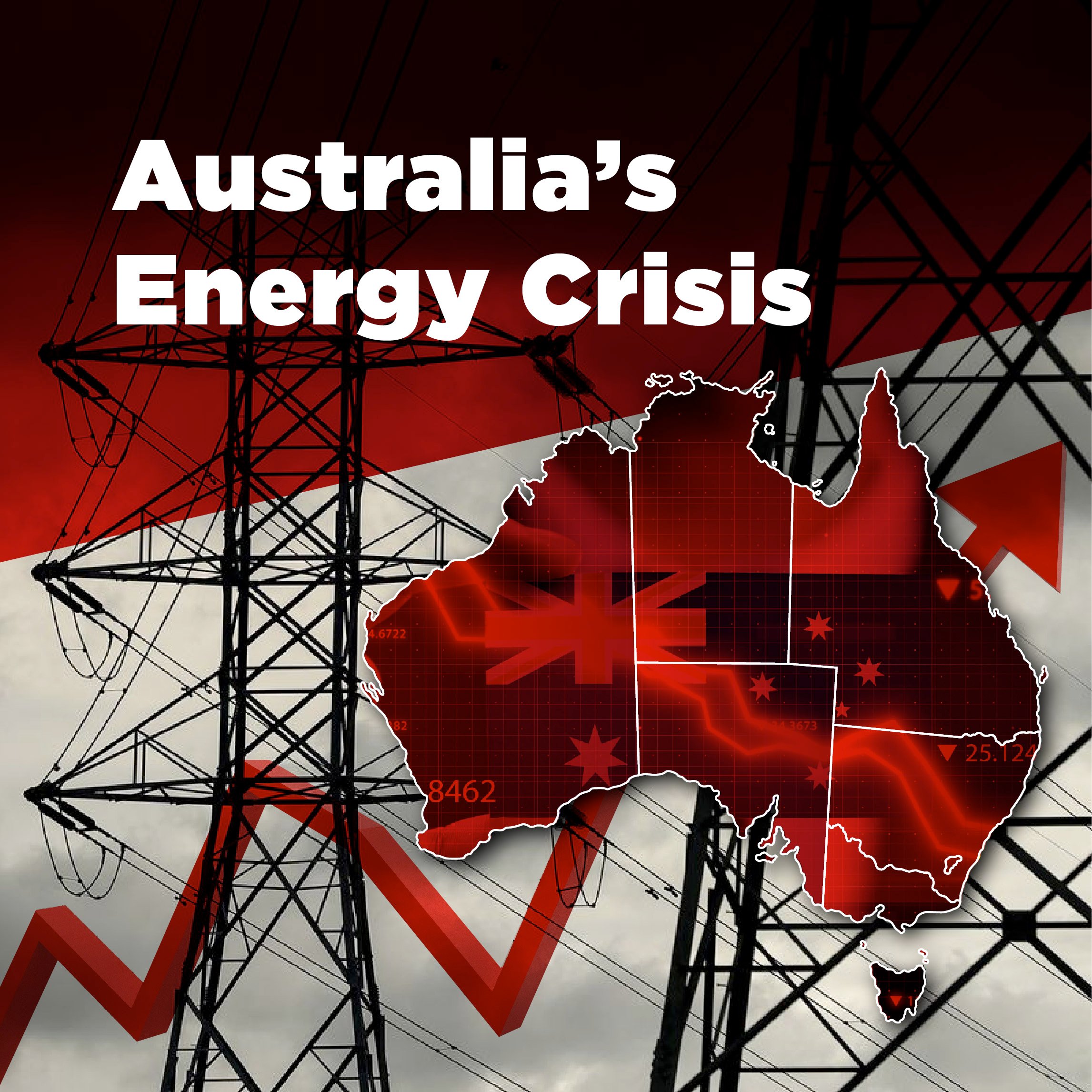About the National Electricity Market (NEM)
The National Electricity Market is a unique and complex system that operates across Australia’s eastern and southern states. It is a wholesale market that facilitates the purchase and sale of electricity between generators and retailers. The market is regulated by the Australian Energy Regulator (AER) under the National Electricity Law and National Electricity Rules.
The NEM is made up of five regions: Queensland, New South Wales, Victoria, South Australia, and Tasmania. Each region has its own electricity grid, but they are interconnected through a network of transmission lines. This allows electricity to be transported between regions, which helps to ensure a reliable and secure supply of electricity.
The NEM operates on a real-time basis, with electricity prices determined by the balance of supply and demand at any given moment. This means that prices can fluctuate throughout the day depending on the level of demand and the availability of supply.
How Does the National Electricity Market Work?
The NEM operates through a system of bids and offers from generators and retailers. Generators offer the amount of electricity they can produce at a specific price, and retailers bid for the amount of electricity they need at a specific price. The market then matches the bids and offers to determine the price and quantity of electricity that will be traded.
The NEM also includes a range of mechanisms to ensure the reliability and security of the electricity supply. These include reserve capacity requirements, frequency control services, and ancillary services such as voltage control and system restart.
The Benefits of the NEM
The NEM has a number of benefits for both consumers and the electricity industry. These include:
- A competitive and transparent market that encourages efficient pricing and investment in new generation capacity.
- A reliable and secure supply of electricity that is supported by a range of market and regulatory mechanisms.
- The ability to integrate renewable energy into the electricity system, with a growing number of wind and solar farms participating in the market.
- The potential for consumers to participate in demand response programs that incentivize them to reduce their electricity consumption during times of high demand.


